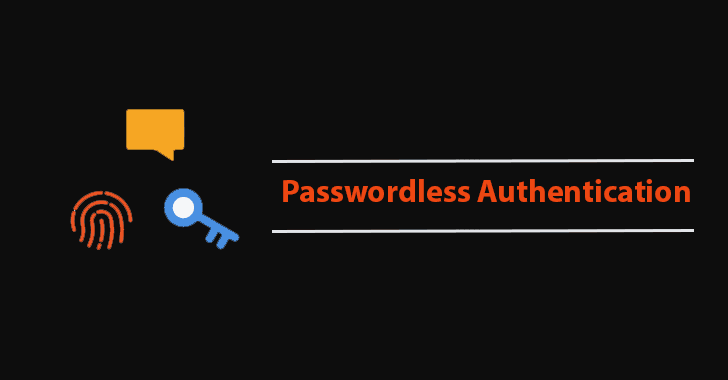Since the days of Ancient Rome and Egypt, people have used passwords to authenticate and grant access. Nowadays, passwords are more common than ever. From Netflix to Amazon and all the other online platforms, the average person has 90 online accounts.
To save time and make login credentials easier to remember, most people recycle passwords across accounts. That is, they use the same password to lock all their accounts. Sure, it does make things more straightforward in the short term.
But many cybercriminals exploit this vulnerability to breach personal accounts. They get credentials from one account and have free entry to the rest. And since data breaches happen almost every day, many people have fallen victim to it.
Perfect passwords are unique, random, and complicated. But remembering such passwords for 90 or more accounts is almost impossible. So researchers have devised many new types of authentication techniques. Passwordless authentication is here too.
In the realm of passwordless authentication, the adoption of Multi Factor Authentication offers a robust approach by combining different authentication factors such as biometrics, tokens, or device recognition, providing enhanced security and convenience for users while minimizing the reliance on traditional passwords.
The Rise of New Authentication Technologies
You’ve very likely already used some “passwordless” technologies. One of the most common is two-factor authentication (2FA). 2FA relies on connected email addresses or phone numbers and one-time passcodes (OTP). Although 2FA does add a significant second layer of defense, it isn’t bulletproof.
Fraudsters who’ve already gained access to your email can use the OTP codes to access your other accounts. Even your phone number is at risk as savvy cybercriminals can now use SIM swap attacks to gain access to SMS messages.
This is why companies are embracing other new authentication technologies. Biometric security tools are at the top of the list. Plus, fingerprint ID and facial recognition software are not only secure but also convenient.
Another excellent example of passwordless technologies is authenticator tools. Authenticators take advantage of one-time passcodes in a more secure way.
Users usually pair them with authorized devices, most often smartphones. It prevents man-in-the-middle leakages and other attacks. Combined with biometrics, authenticators become pretty invincible.
And in the not too distant future, you’ll see even more technologies debut. Hardware keys, tokens, and other forms of encryption will become more mainstream.
In the end, more people keep growing aware of the massive amount of cybersecurity threats on the internet. And as long as there’s a demand for better security, new tools continue to appear.
A Good Password Goes a Long Way
In movies, hackers crack into accounts using advanced software techniques. It is more realistic than you realize. Hackers use brute force attacks. They try thousands of different password combinations in milliseconds.
For example, they could break the password “pizza” right away while “pizza1234” would take about 10 hours to crack. But a random password like “EVFY1t#*fXE2” could take 5.4 million years to break. But how could anybody remember 90 passwords like that?
It doesn’t mean you should continue using “pizza1234” as your password until passwordless technologies become more available. Start integrating password managers into your computer usage.
In truth, passwords will never go away completely. Some form of them will always be necessary as a backup when other authentication methods fail.
The primary function of password managers is to store your passwords. But they also include password generators that can create random passwords like the one you’ve seen above.
You can use them for quick, secure, and convenient login to all online accounts. And they are usually compatible with both biometrics and 2FA tools.
Finally, password managers have a variety of other features. For example, some enable note-taking and OCR scanning (https://nordpass.com/features/ocr-scanning/) to convert handwritten data into electronic notes.
You can store them along with passwords in a digital vault. Then you can shred the document to ensure nobody else could get their hands on it. And password managers autofill data in browsers and sync passwords across all your devices.
Your Account Security Now and in the Future
There are over 3.5 million hacks per day, and one of the biggest targets is personal accounts. Hackers know that once they gain user data from one site, then they can break into countless others with ease.
In the ever-increasing arms race of cybersecurity, you need to defend yourself against these attacks. And that includes using the latest technologies.
That said, start looking at passwordless tools like authenticators and biometrics. And integrate them wherever available. And where it’s not, use a password generator to create a password for you, and for crying out loud, don’t reuse the same passwords. Ever.












%20Works.png)


.webp)

.webp)